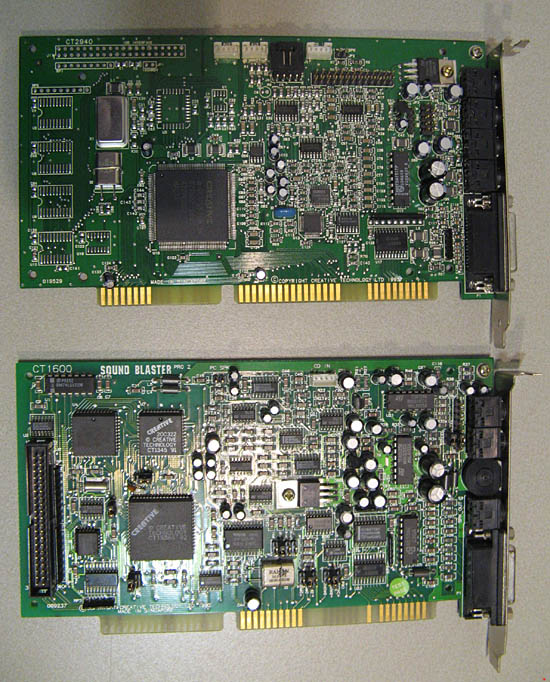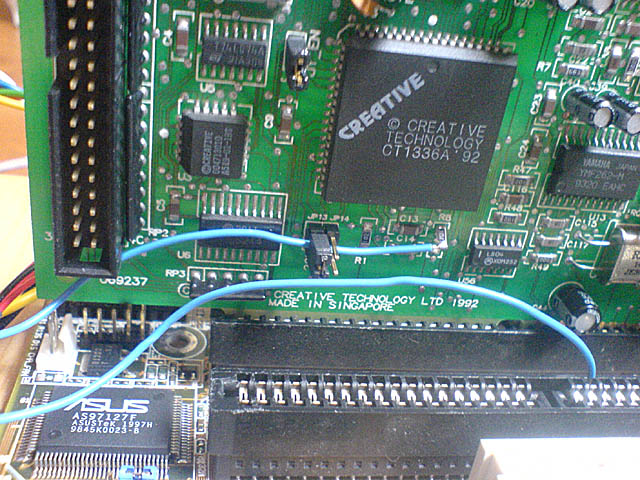First post, by gerwin
- Rank
- l33t
Until recently my retro hardware seemed very though. But last year I received a SB16 CT2950 with OPL3-L, which was dead on arrival. I got a working replacement from the seller for free. Last week my main sound card the CT2940 with OPL3-L died after relocating. I don't know what happened: did it get a mechanical shock or an electrostatic shock. There is carpet in the new building and I had to add earthing to the power plugs. Fortunately I was able to buy a new one, and a Sound Blaster Pro 2 too. Now the replacement CT2940 works fine, but the Sound Blaster Pro seems to malfunction. I heard some sound when configured as SB 2.0. but the Pro and OPL3 functionality are silent. Should the soundblaster Pro work with a Pentium II on a 440bx?
So now I suddenly have three dead cards and I wonder what is broken: the crystals? the ROM content? something else? I was even considering doing an OPL3-L transplant: youtube trick. But I think the chance of failure is rather big.
--> ISA Soundcard Overview // Doom MBF 2.04 // SetMul


